The power of anticipation psychology & how to use it for ecommerce marketing
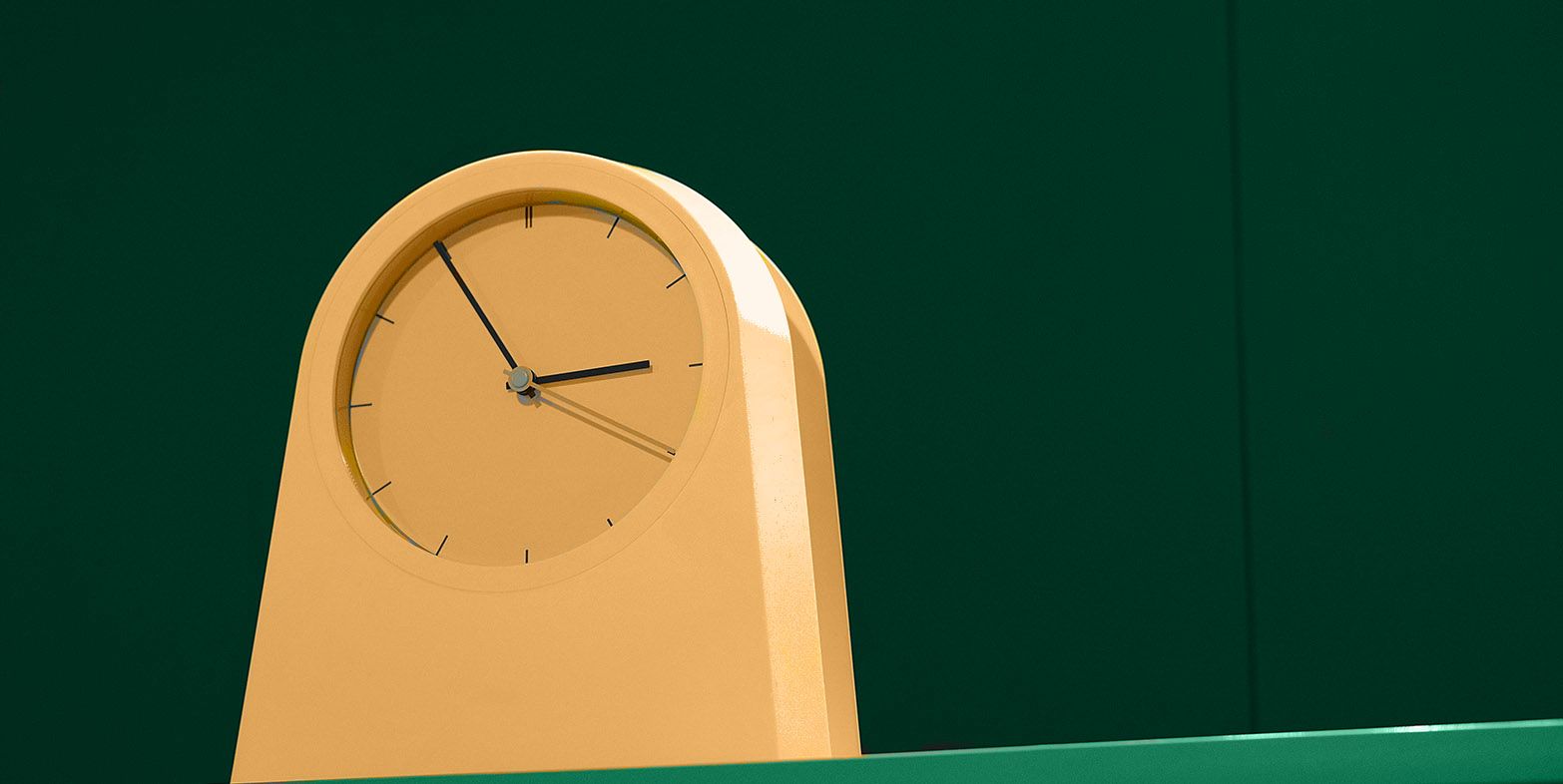
Anticipation is the underappreciated engine of ecommerce. It lies behind every purchase and, when used strategically, can be a powerful tool to boost sales and brand loyalty. Discover the psychology of anticipation, why we anticipate, how it works, and how major brands use anticipation psychology to their advantage.
Anticipation is everywhere. You may not have realized it, but clicking this article was an act of anticipation.
You read the title and clicked because you thought it might contain the answer to a question, or because it sounded interesting, or because you’re writing a paper or researching Queue-it.
Anticipation is something our brain does automatically, constantly. You’re anticipating rain, a parcel in the mail, a weekend away, a conversation with your boss.
“Anticipation” comes from the Latin “anticipatus”, meaning “taking into possession beforehand.”
And this is what we’re doing, in some small way, when we anticipate something. We’re bringing the expected future into the present.
The anticipation of an upcoming holiday gives us relief during a tough week at work.
The anticipation of getting new shoes releases dopamine when we buy them online.
The anticipation of failure or embarrassment ahead of a public speech makes us anxious and sweaty.
In anticipation, the future is brought into the present. And this is not just figuratively speaking. Our brains and bodies adapt based on the things we anticipate.
Anticipation changes us physiologically and psychologically.
What’s more, research has shown positive anticipation can have a powerful impact on perception. For businesses and brands, building positive anticipation for a product or service means:
- While customers wait for it, they’ll feel a greater sense of wellbeing and excitement
- When customers get it, they’re more likely to enjoy it
- Once customers have it, they’re more likely to remember it positively
In this article, we take a deep dive into the psychology of anticipation. We’ll cover what anticipation is, why we anticipate, how anticipation works, and what the psychology of anticipation means for individuals and businesses looking to use it to their advantage.
Table of contents
Anticipation psychology is the study of anticipation and its influence on people’s behavior, emotions, and memories. Anticipation psychology researchers pursue an understanding of what anticipation is, what causes it, and how it affects us.
Below we’ll cover the basics of anticipation psychology, including why we anticipate, how anticipation works, and how anticipation can help sell products and build hype.
Anticipation marketing uses the psychology of anticipation to help promote and sell products or services. By leveraging anticipation-building strategies, marketers create more hype and visibility around brand activities like product drops and launches, live events, and flash sales.
Anticipation marketing campaigns typically leverage a combination of the following four tactics:
- Curiosity: teasing details, maintaining mystery & getting people talking.
- Cadence: playing the long game & giving tidbits of information slowly over an extended period.
- Content: giving audiences something to engage with, something to hook their attention.
- Community: encouraging & facilitating community speculation, conversation, interaction & involvement through the above three tactics.
Anticipation marketing is used by some of the world’s biggest brands. One of the most famous ads of all time—Apple's first Macintosh commercial—is a prime example of anticipation marketing.
Later in this article, we’ll explore how Apple uses anticipation marketing today, as well as how Nike’s frequent sneaker drops and restocks are designed to spark anticipation.
Anticipation is our brain’s way of preparing us for things to come. Evolutionarily, it makes sense we’d come to automatically anticipate forthcoming events. It lets us prepare ourselves to survive and thrive in fast-changing and complex situations.
If one of our ancestors woke up in the night and saw the silhouette of a lion, anticipation automatically prepares her for what’s to come.
Her heart starts to race, pumping blood to her muscles so she can run faster. Her pupils dilate so she can see better. Non-vital organs like the gastrointestinal system slow to conserve energy. Adrenaline is released, lowering her perception of pain so she can run further or fight longer.
All she’s seen is a dark shape, but anticipation has changed her completely. She’s now hyperalert and ready to fight or run.
But anticipation can also work in a positive way, responding to more innocuous and pleasant stimuli than a lion lurking in the shadows.
If you’ve ever had mid-week small talk, you’ll know anticipation of the weekend is practically second nature. Hump day tells us we’ve made it through the first half of the week and are on our way to two days off. The “Friday feeling” is so common it’s inspired restaurants, songs, beers, clothing, and events.
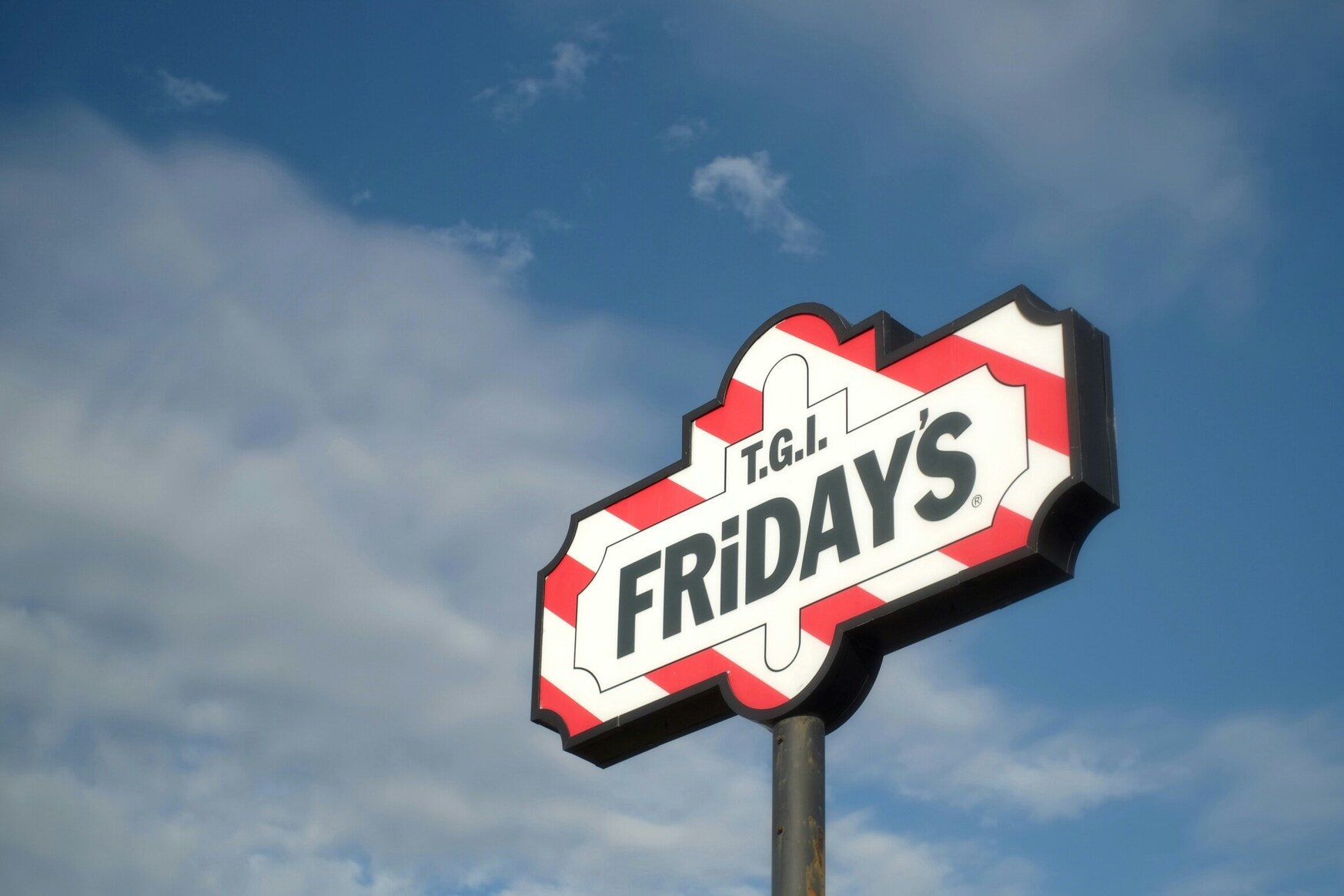
For most people in today’s world, anticipation takes this form: positive anticipation. This involves drawing on a future good to inspire joy and motivate you in the present.
You anticipate parties, weekends, holidays, dates, purchases, meals, concerts, sporting events, movies, and TV shows.
And in some sense, this positive anticipation serves a new purpose for survival.
Where negative anticipation can be frustrating—sweating before a big presentation doesn’t help anyone—positive anticipation helps get us through the week. It gives us something to look forward to. It lets us bring an expected future joy into the present.
Neuropsychologist Dr. Sanam Hafeez says, “Anticipation can be the key driving force in motivating yourself to get through life as you look forward to something that gives you a sense of optimism toward the future. If you’re having difficulty dealing with the past or present, anticipating what’s next can help get you through it."
RELATED: The Psychology of Queuing Revealed in 6 Simple Rules
Most researchers agree anticipation is based on mental models and cues.
To use our above example of a lion in the night: the lion is the cue, and the fight-or-flight response is the mental model. Here, anticipation is very simple.

When you sense danger, you feel fear and anticipate you’ll need to either fight the danger off or escape it. There may be a lot that goes into picking one option or the other, but either way, your body responds similarly.
This is a very stripped-down version of what anticipation is and can be, but it illustrates how when you face stimuli, you anticipate and then act on it, consciously or unconsciously.
A lion that looks like it’s about to attack is just about the worst stimuli you could hope for. But these cues and mental models can also be a lot more straightforward and pleasant.

Each of the examples above are cues that something good will soon happen. And depending on how much you love Christmas, or new shoes, or being served, these cues will elicit a similar feeling to the actual event they indicate is approaching.
These are the nice, simple, positive forms of anticipation we draw on as much as we can. They’re what we’re talking about when we say we’re “looking forward” to something.
And of course, things could go awry—your parcel could get lost in the mail or the fire alarm could go off in the store forcing you out of the line—but these aren’t what we anticipate.
This is because anticipation is a learned and largely automatic behavior.
You don’t need to consciously think about what being second in line means. You know what it means, so you take a mental shortcut and anticipate you’ll soon be served, as you have been many times before.
In this sense, expertise plays a very important role in anticipation. Your expertise determines the strength of your mental model and allows you to make automatic anticipatory responses.
For example, your talent for anticipating the weather likely pales in comparison to a meteorologist. But get that same meteorologist to anticipate how your child will respond to steamed broccoli and you’ll quickly prove who’s the expert.
While the meteorologist is an expert in forecasting the weather, you’re an expert in your child’s food preferences. You can anticipate the response to different meals with confidence and little thought because you’ve seen it so many times before.
Just like December coming around, or a parcel being shipped, or progressing through queue—you know what to expect.
And while your child’s meal preferences and weather patterns are highly specialized, the other anticipation examples—Christmas, parcel delivery, and how queues work—are common and cultural. They’re things almost everyone has expertise in and mental models for.
Now, if you’re marketing or business-minded, you might be putting together the pieces to see the role anticipation plays in commerce.
You want your products and brand to be cues, and your customers to have mental models that associate those cues with the brand qualities you represent.
If you’re successful, you can release new products and have your customers automatically anticipate high quality, excellent customer service, and reliability.
This is how loyalty is built. By delivering a superior customer experience, customers are more likely to anticipate future positive experiences, and therefore to trust and return to your brand.
RELATED: Customer Loyalty in Ecommerce: The Surprising Benefits of Fairness
All purchases involve anticipation. No one buys something without some expectation of what it is, how it will serve them, and how it reflects on them.
This should be unsurprising. But what is surprising is how much anticipation impacts how we perceive things.
Anticipation can make products, services, and experiences better.
In one study, researchers gave participants a drink of Coke with no identifying features, then the same drink of Coke preceded by an image of a can of Coke.
When subjects saw the can of Coke before drinking, brain activity increased significantly in regions associated with positive affect and memory.
In other words, the anticipation of Coke made the Coke taste better.
The cue was the branded can, the mental model was “I like Coke.” So, when subjects see the brand, their brain draws on this mental model and creates positive feelings of anticipation.
When they tasted the anonymous Coke, they took the flavors as they were, interpreting them and trying to figure them out. But when they tasted the Coke they knew to be Coke, they defaulted to pleasure, enjoyment, and familiarity.
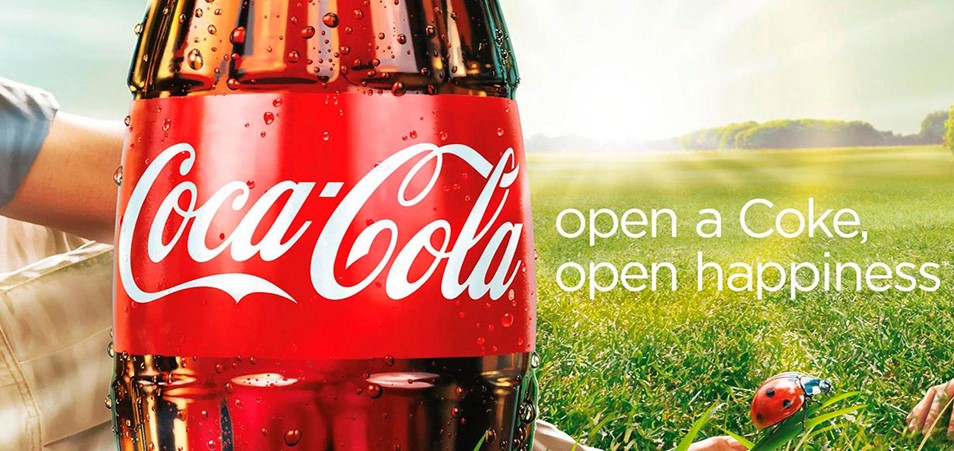
These results mirror another study that found anticipating positive events increases sensitivity to rewards. In other words, if you think something good is going to happen, that good thing feels even better when it happens.
Just like anticipation of danger creates fear, and that fear can make the danger feel even worse than it is, anticipation of something good creates happiness, and that happiness can make the good thing feel even better than it is.
One almost comedic study came to the same conclusion after researchers found people were willing to pay more to kiss their favorite celebrity three days in the future than to kiss them immediately.
The subjects intuitively knew the anticipation plus the kiss would give more joy than the kiss alone, and said they’d pay more to wait.
Anticipation doesn’t just improve positive events. Research shows the more you anticipate something you desire occurring, the stronger your memory of the occurrence is likely to become.
This means buying something highly anticipated—a hyped sneaker, a PS5, an international trip—is likely to form stronger memories around it than an impulse purchase.
At least two more studies have shown the anticipation of positive events elicits positive emotions.
In the first, anticipation improved coping and recovery to stressful situations. In the second, anticipating positive events activated regions of the brain associated with positive affect.
Both studies claim anticipation may contribute to a stronger sense of wellbeing.
For brands, building anticipation doesn’t just mean creating awareness or hype around a product or service. It means:
- While customers wait for it, they’ll feel a greater sense of wellbeing and excitement
- When customers get it, they’re more likely to enjoy it
- Once customers have it, they’re more likely to remember it positively
Brands leverage the power of anticipation by building hype around new products and sales. These anticipation tactics are everywhere; they include:
- Pre-sales and pre-orders
- Countdown timers
- Fashion shows
- Product launch events
- Social media announcements
- Regular product drops and product editions
- Early access product reviews
- Teaser images and videos
- Influencer marketing
These are some common tactics for building hype. But for a better understanding of anticipation psychology, let’s look at how two major brands and experts in the art of anticipation use these tactics to boost sales, build awareness, and boost brand affinity.
Anticipation marketing at Apple
Apple routinely runs annual events that become global stories. Devoted Apple customers spend months speculating about and anticipating these events in which new products, services, and software updates are announced.
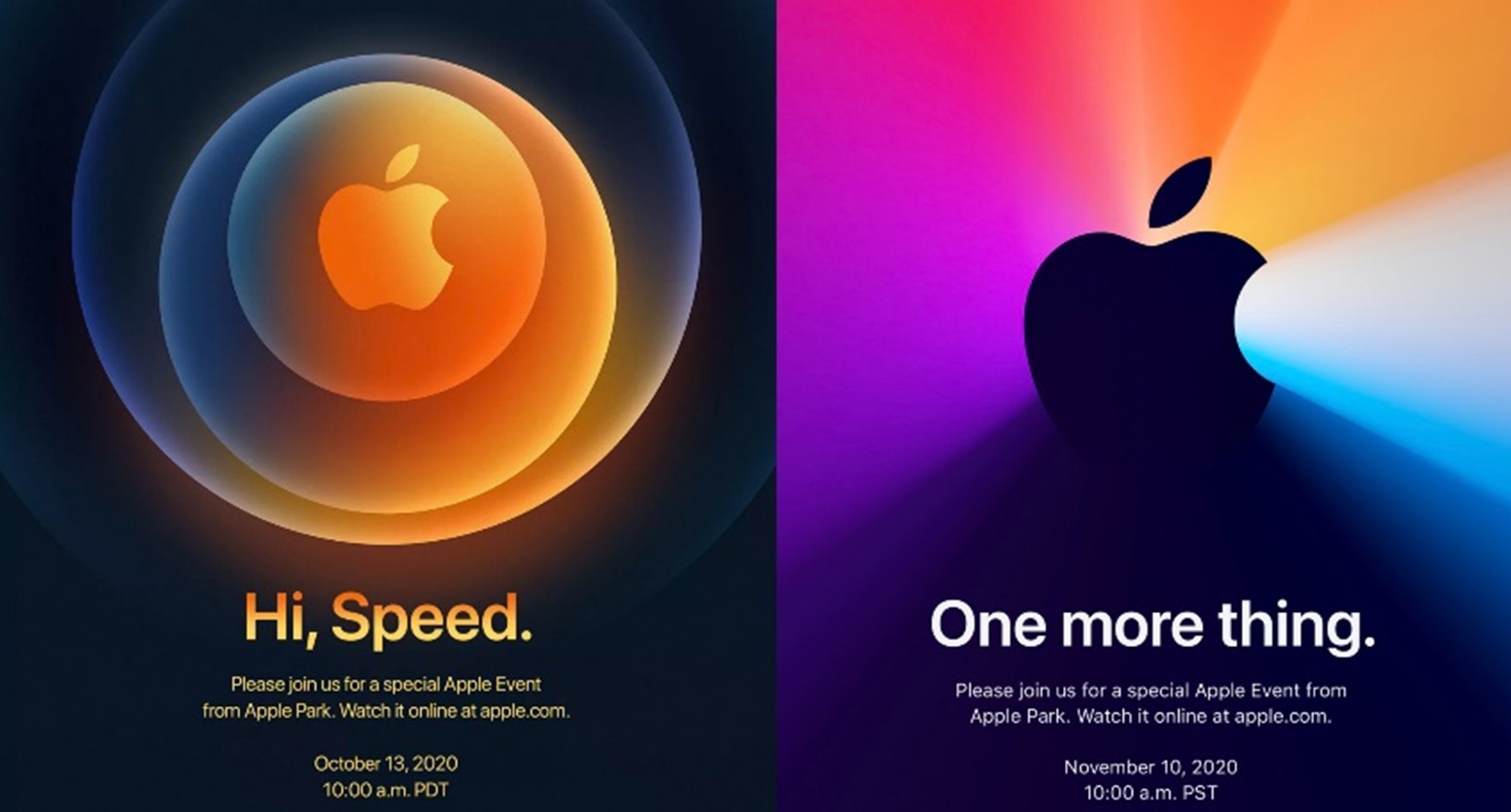
There’s anticipation built up around the events themselves. They’re a massive spectacle drawing in millions of viewers from around the world. But even after these events, Apple continues to build anticipation by leaving a 3–4-week delay before the announced products and services hit the market.
During this period, people get even more excited. Influencers and product reviewers get demo versions. Thousands of articles and videos are made about the products. Pre-sales soar.

The new products release to lines outside Apple stores and online demand beyond even what Apple can sometimes handle.
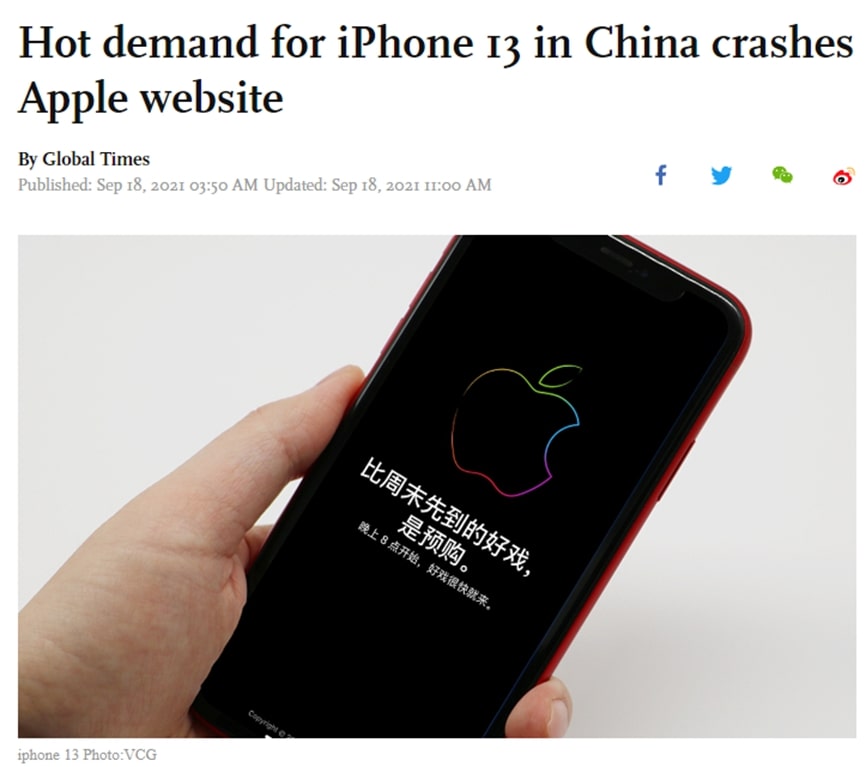
But what happens a week or two after the new iPhone goes on sale?
People stop talking about it. Many of the features customers were excited about go unused. Apple gets to work on the next thing.
You see, prior to buying and using a new iPhone, you think of the phone constantly. You feel excited as you read about it and watch reviews. When you’re waiting in line to buy it. When you’re in the large, stylish store. When you’re opening the sleek box. As you set it up.
But after all of that, it’s just your phone.
It’s very important it works well, but we don’t get the same hit of pleasure-inducing dopamine from making a phone call on it as we get from buying it.
The positive feelings, the strong memories, the brand affinity, are created by the new, the novel, the attractive.
As you can see in the Tweets below, customers are excited when they finally get their hands on something new. But you’ll rarely find people talking or Tweeting about something they bought a year ago unless it’s to complain about it.
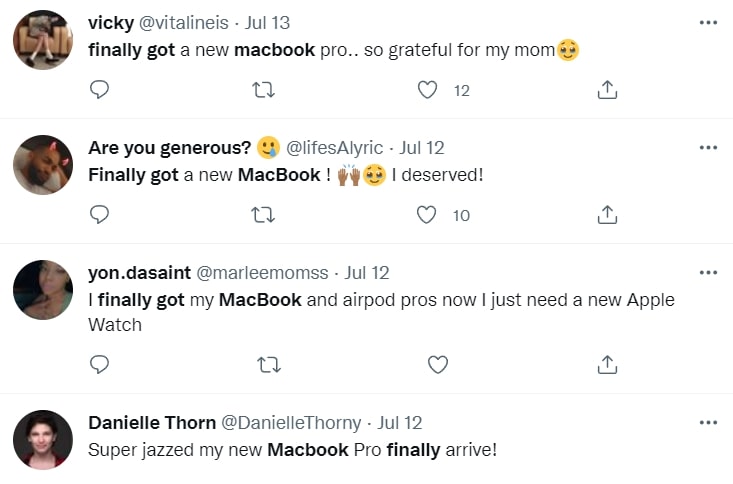
And that’s why Apple’s procession of events and releases and new models is repeated every year. To keep customers focused on the next thing. To maintain that sense of excitement and desire. To use anticipation to sell more products.
Anticipation marketing at Nike
The sneaker market is an anticipation machine.
With frequent drops of new colorways, new collaborations, new styles, and—crucially—scarcity, sneaker brands constantly keep customers wanting more.
Below is a screenshot of a popular sneaker drop calendar. You’ll see major brands release new versions of shoes practically weekly.
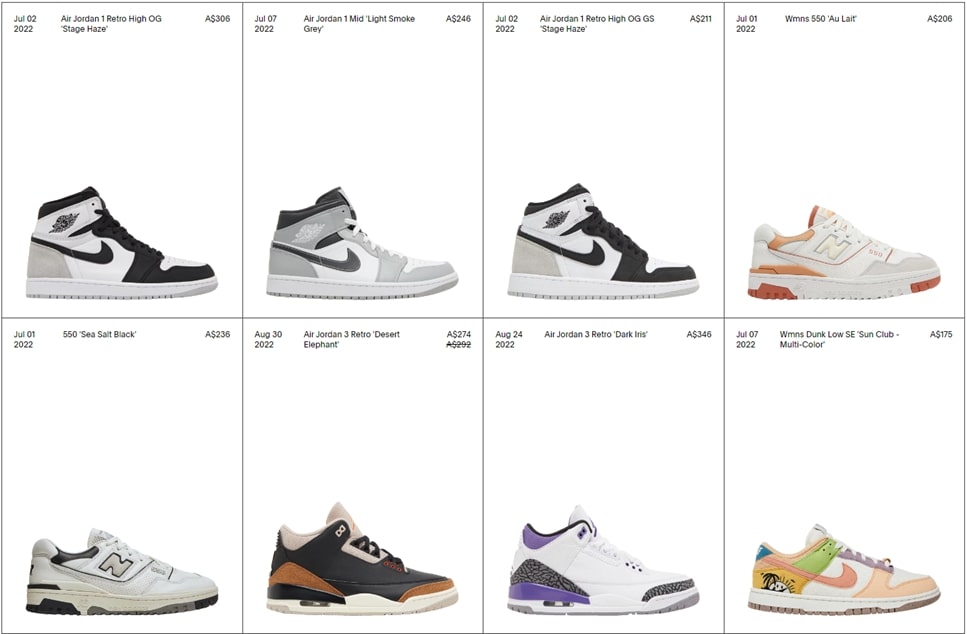
This product drop model is designed for hype and anticipation, and it uses the power of scarcity marketing to make purchases feel even more special.
All the shoes in the image above quickly sold out. Nike and New Balance could make and sell more of them, but they would risk oversupply, which would ruin the power of anticipation.
If you want a pair of a non-hyped, non-scarce Nike sneakers, let’s say the Pegasus Road running shoes, you can just make the decision, go online, and buy them.
But if you want a pair of Air Jordan 1s, you need to work and wait for them. You need to sign up for raffles, wait in virtual waiting rooms, put yourself on mailing lists.
RELATED: Everything You Need to Know About Product Drops: Strategies, Benefits & Examples
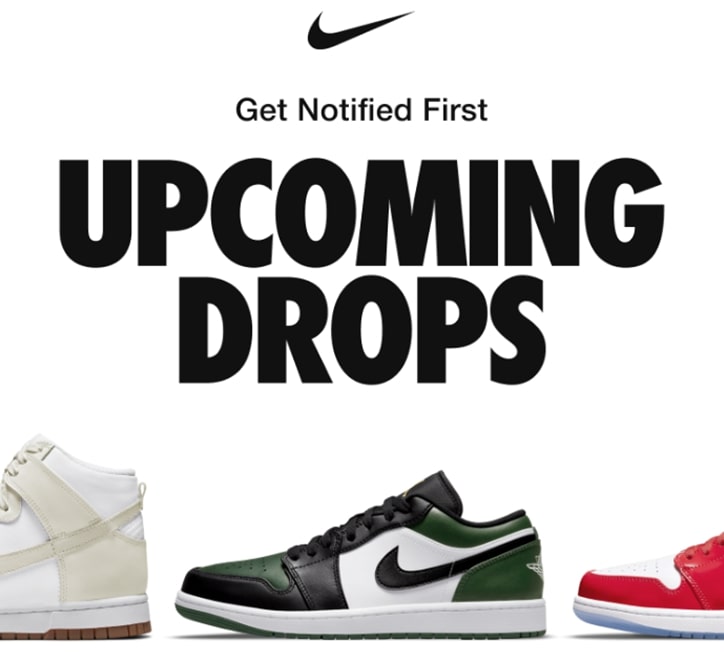
While you’re working hard to get these shoes, your anticipation builds. You’re waiting for the day you get them. That’s the positive event you’re looking forward to.
This means that while you’re trying to get the new sneakers, you feel positive emotions; when you get them, you’re more likely to enjoy them; and after you own them, you’re more likely to remember your purchase positively.
RELATED: 7 Simple Scarcity Marketing Strategies to Supercharge Ecommerce
This product drop tactic is one of the key reasons the sneaker industry has some of the most passionate, loyal, and community-oriented customers.
Sneaker brands create anticipation almost on the level of the entertainment industry. Except instead of movie trailers and actor interviews, new shoes might first be spotted on the feet of a celebrity, then official images are released, then the drop date is announced, then a new colorway, and so on.
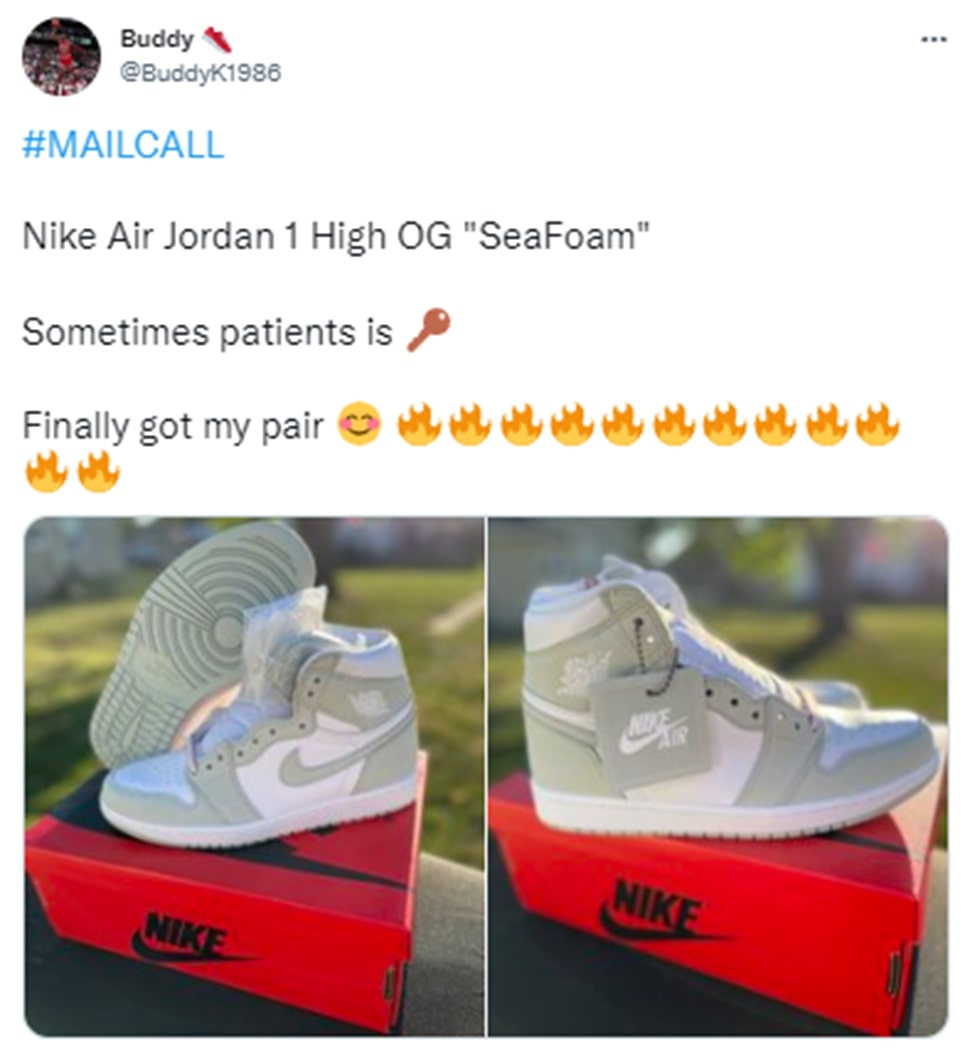
Once you start looking for brand anticipation tactics, you see them everywhere.
The entertainment industry is basically an anticipation machine.
A movie is announced. Character profile photos are released. A poster is released. A teaser trailer is published. Then the full trailer. Then a second full trailer. Then a press run with the actors. Then, finally, the movie. What’s more, these days few movies even end without teasing a sequel, sparking new anticipation before the movie is even over.
Concerts and live events are predicated on anticipation. As INTIX President & CEO Maureen Andersen told us: “You aren’t just buying tickets to The Nutcracker or to Frozen but buying the ‘anticipation’ of joy, family, kids, Christmas, the perfect family outing.”
The travel industry is built on anticipation. So is the food industry. So is fashion.
And once you understand the psychology of anticipation, you understand why it’s so prominent. Positive anticipation is a powerful thing:
- It creates a greater sense of wellbeing and excitement
- It improves the anticipated experience
- It strengthens and solidifies memories
While you’ll be lucky to create anticipation engines like Apple or Nike’s, the same principles apply across ecommerce. Some common tactics you can implement to build anticipation and hype for your brand or product release include:
- Pre-sales and pre-orders
- Countdown timers
- Fashion shows
- Product launch events
- Social media announcements
- Regular product drops and product editions
- Early access product reviews
- Teaser images and videos
- Influencer marketing
- Competitions and giveaways
Many brands are already ramping up these hype and anticipation tactics and following in the footsteps of Nike and others by embracing scarcity marketing and the product drop model. We’ve now seen anticipation built through product drops by software brands, restaurants and food delivery services, gaming companies, health and beauty brands, luxury brands, NFT companies, and many more.
So what’s stopping you?